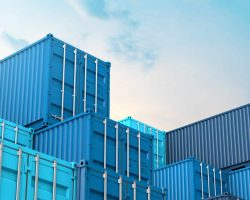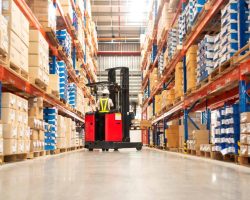 |
International ocean freight rates remain at extremely high levels, driven by an imbalance of supply and demand. The downturn in shipping volumes caused by COVID lockdowns in early 2020 was followed by a flood of containers, overwhelming the ability of the ports to move containers in and out. The recent blockage of the Suez Canal has only added to the difficult situation of “maxed out” capacity and peak level demand.
Another key contributing factor is the shortage of equipment, with demand now outstripping the availability of containers. Quite simply, the global supply chain does not have enough containers in the right places to handle this dramatic increase in cargo demand.
In early 2020, new container pricing shot up from $1,800 USD per CEU (a measure of the value of a container as a multiple of a 20’) to currently $3,500 USD per CEU. While production has ramped up sharply, they aren’t being built fast enough to ease the capacity crunch. Currently, there is only 2-3 weeks of supply on the ground and there is no indication from ocean carriers that they expect to see any improvement in supply any time soon.
Relief from container scarcity is not just about production. Other contributing factors are the massive numbers of containers held up due to port congestion and issues such as the accident in the Suez Canal. This is causing an unusual situation at destination ports for Chinese cargo, where vessels, due to tight sailing schedules, are in such a hurry to turn around, they are being forced to leave empty containers behind when they return to China.
Recently, the United States’ Federal Maritime Commissioner (FMC) has begun to question China’s role in these box shortages. Eighty per cent of the world’s containers are manufactured by three Chinese companies. With the full restoration of Chinese manufacturing, the FMC finds it strange that the marine equipment segment is lagging so far behind. They are concerned Chinese factories might not be increasing production in order to keep their newbuild container prices high.
Shippers are hoping a combination of a market flooded with an excess of new containers and a clearing of port logjams to make more containers available, will help bring freight rates down. However, with the strength of the market, most ocean carriers don’t think these bottlenecks are going to evaporate quickly and it’s questionable whether the production of new containers will be increased sufficiently to meet current demand.
The container crunch will most likely continue until trade slows and no one knows exactly when that is going to be – expectations are no sooner than the end of this year or early next year, when perhaps the trade world starts to get back to normal shipping volumes.
For more information, contact Debbie McGuire, Manager – Freight Solutions.
















